
How to Proofread an Essay (+Little Tricks Most Writers Ignore)

Writing is hard. We all know that. Whether it’s an essay, a personal story, a blog post, or a novel, we spend tons of time and energy finishing the first draft.
For students, it’s even more challenging: Whether you craft an assigned essay or ask professional writers to help you, you often forget about an integral part of the writing process all sophisticated authors undergo — proofreading.
Here’s the ultimate list of tricks and strategies on how to proofread an essay. Together with a proofreading checklist you’ll find in this article, it will help you master a new skill and flourish your writing.
Table of Contents:
What is Proofreading?
It’s essential for any writing style, whether an academic paper, marketing content, personal blog post, or novel.
Now that you know a proofreading definition and understand the role of this process for your essay’s final grade, let’s go into a little more detail and reveal the core difference between proofreading and editing.
Proofreading vs. Editing
That’s how we define editing:
In a nutshell:
- Editing is a longer and more complex process, with a focus on heavy changes to your content.
- Proofreading goes after editing, with a focus on minor errors and inconsistencies.
Editing consists of a few rounds: content editing, line editing, and copy editing. Once ready, a specialist goes to the final step — proofreading. That’s what each round involves:
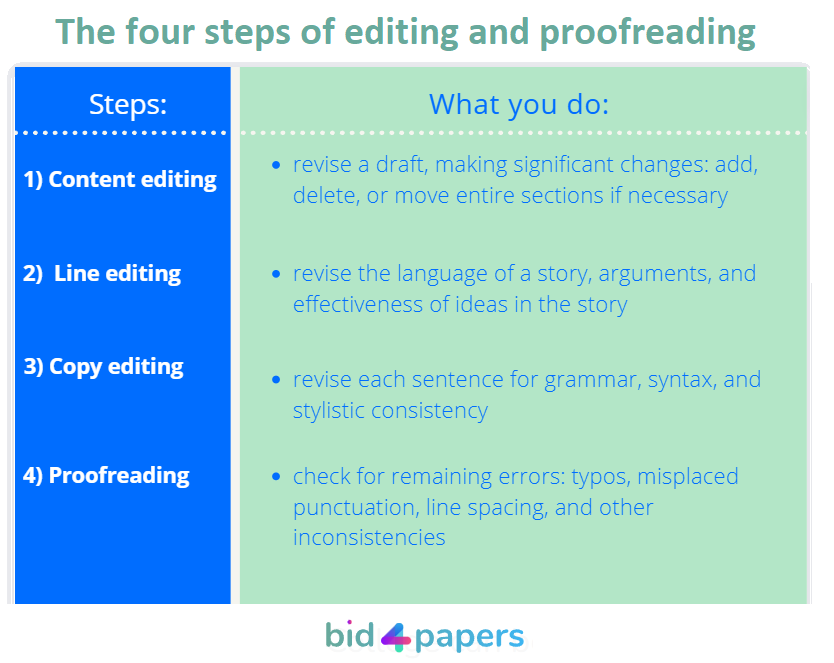
How to Proofread an Essay: 17 Strategies to Try
- Take a break after writing
- Get rid of distractions
- Edit first, proofread afterward
- Use writing guidelines as a checklist
- Focus on your most common writing mistakes first
- Avoid plagiarism
- Print it out and use a ruler
- Change a mindset
- Read backward
- Read it out loud
- Check each paragraph twice
- Use tools
- Check numbers and consistency
- Go beyond a text itself
- Ask a friend to read your essay
- Proofread several times
- Ask a professional editor to help you
And now, for more details on each one:
Take a Break After Writing
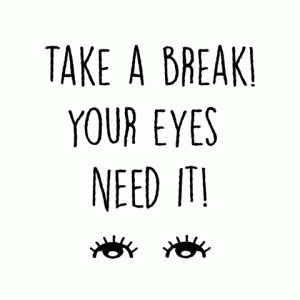
Once the final draft of your essay is ready, don’t hurry up to proofread it straight away. Take at least a 30-minute break; the ideal variant would be to start essay proofreading the next day after writing it.
A break will help your brain and eyes relax, so you would later check the draft with a clear head and better focus. It will make you see the text from a fresh perspective and proofread it more accurately.
Have a coffee, listen to music, take a walk — it’s up to you what break to choose. Just make sure you aren’t at the computer, and you don’t stare at the draft in search of grammar or spelling mistakes.
Get Rid of Distractions
The break is over, and you’re ready to start checking your writing? Now it’s time to prepare your workplace so nothing would distract you from the process.
Turn off all the notifications, close unnecessary tabs on your laptop, and ask your family or roommates not to disturb you for a while. TV, music, the smell of coffee, a dog barking — consider everything that can bother you.
It’s not only about better concentration on the proofreading process. It will help you prevent procrastination: Nothing will be around to turn your attention away from the task.
Edit First, Proofread Afterward
As mentioned in the proofreading definition, it’s the last stage of the writing process. So, before you start checking your draft for typos and other minor inconsistencies, ensure you’ve edited your work: Why spend time fixing misspelled words if you might later remove the whole sentence or paragraph from the essay?
Edit first, proofread afterward. Yes, it requires time; seasoned writers admit that editing and proofreading often take even more time than writing itself. That’s why it’s critical to manage time and finish essays so you would have enough time to take a rest and proofread your work thoroughly before submitting it.
Use Writing Guidelines as a Checklist
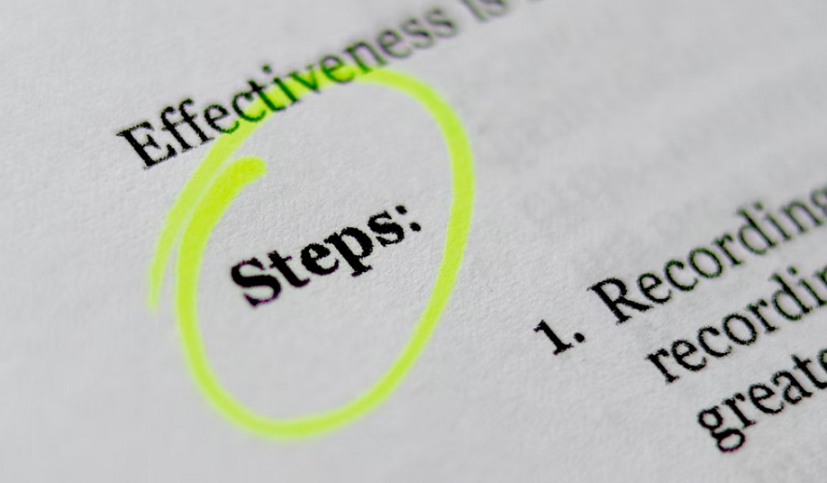
Whether you write an essay, a blog post, or a hypothesis, you will have the list with writing guidelines beforehand. There can be aspects like a topic, a formatting style, arguments and references to consider, etc.
These instructions from a teacher or an editor can help you save time proofreading: Address to them to ensure your draft sticks to every item from the list. It’s your checklist to follow.
Focus on Your Common Writing Mistakes First
We all have so-called Achilles’ heels in writing. What are your most common mistakes? Maybe you confuse “that/which” or “there/they’re,” or you forget about an Oxford comma or misspell “throughout?” Create a list of the mistakes you typically make and use it as a checklist when proofreading essays.
Focus on checking those mistakes first to ensure you won’t miss them through the process. Together with the list of writing guidelines from a professor/editor, it will be your extra helper to ease proofreading.
Avoid Plagiarism
You know that plagiarism is a no-no and educational institutions consider it an unacceptable violation of academic integrity. No matter why students plagiarize, it’s a red flag: Professors check every work for plagiarism via corresponding tools; any duplications in your essay may cost you a grade, even if they were unintentional.
It’s not about academics only. Copying others’ work is a grave violation in any niche.
When editing and proofreading your essay, make it a habit to check it for duplications. Ensure you format all the quotes and other references properly. Run the draft through a plagiarism checker.
Print It Out and Use a Ruler
This proofreading trick is popular among journalists. Often, typos and other errors are easier to notice when reading a draft from print:
When checking a text from a computer screen, we scan rather than read it. Therefore, we risk missing some points. A printed copy allows us to focus on each word and sentence separately. Plus, it’s a chance to check if the formatting is correct and consistent.
Another trick to use here is to place a ruler under each line while reading. It helps your eyes focus on a short amount of text and proofread it precisely, with no dissipation throughout the whole essay.
Change a Mindset

Forget that it was you who wrote that essay. Change a mindset and imagine yourself as a professional editor: Pretend that you’re checking someone else’s work, not yours.
Help your mind separate a you-writer from a you-editor. Try going to a different location with your essay draft, wear a different hat, etc. You need to create a kind of psychological distance that will signal your brain it should think differently too.
This trick allows you to change a perspective and see the draft with fresh eyes. By doing so, you can notice weak points you wouldn’t care before.
Read Backward
This tip on how to proofread an essay works best when you don’t have any writing tools a la spell-checkers nearby. It can happen on an exam, while writing an SAT essay, or in a classroom.
Start reading your work from the end, sentence by sentence. Therefore you’ll change perspective, forcing your brain to notice “mechanical” errors in the text. (When reading traditionally, we focus more on arguments and sequence of ideas, not minor mistakes.)
Read It Out Loud
Read your writing aloud or at least whisper it sentence by sentence. By vocalizing the words, you involve a few senses: seeing, speaking, and hearing. It gives you more opportunities to notice the flaws.
Plus, reading aloud will slow you down, preventing scanning and missing slight inconsistencies. You’ll hear the difference between what you wanted to say and what you actually wrote.
Check Each Paragraph Twice
Before doing your final proofreading (yeah, you’ll need to proofread an essay several times), read it paragraph by paragraph. The trick is to check each paragraph twice.
Why?
It will help you understand if a paragraph needs any major edits and go back to line- and copy-editing if necessary. Polish every sentence and paragraph of your writing work until they look/sound stellar.
Use Tools
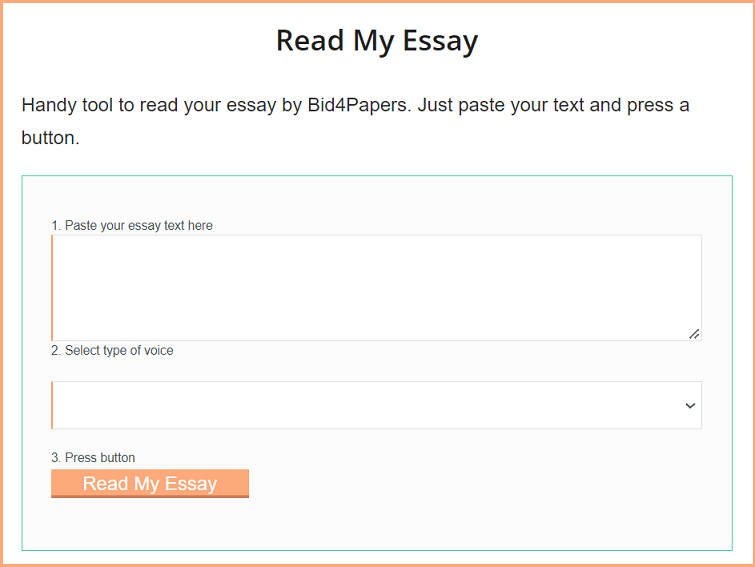
The first thing that comes to a student’s mind is about proofreading an essay via spelling and grammar checkers. Yes, Grammarly, Hemingway, and even Microsoft Word can help you detect errors, and it’s worth using them. Yet, you can’t 100% rely on writing tools because they often don’t understand the context.
For example, only sophisticated tools can see the typo if you wrote, let’s say, “your” instead of “you’re.” Both spellings are correct, though meanings drastically differ. If English is not your native language or you aren’t perfect with English grammar, confusion and errors may still happen.
So, use checkers but don’t rely on them. At least, you can check your essay draft via several different tools for proofreading and editing: Altogether, they’ll identify more errors.
Try: Read My Essay (a free online tool from Bid4Papers)
Check Numbers and Consistency
When proofreading your essay, pay attention to the numbers you use as references. All those “see Section 2” or “check Figure 6” might have changed and become outdated when you edited the draft.
Cross-reference the numbers you use in the essay’s body with those mentioned in the bibliography, footnotes, or charts. Ensure they are consistent.
Speaking of consistency, by the way:
Check if you stay consistent throughout the essay. Double vs. single quotation marks, capitalization, writing numbers as words or numerals, US vs. British English spelling, full stops after bullets — all these details are critical in proofreading.
Go Beyond a Text Itself
Remember that typos and other mistakes can hide in places other than your essay’s intro, body, or conclusion. Don’t just proofread the text but also consider titles, footnotes, reference sections, captions, charts, etc.
Every part of your writing matters for the final result and grade. So don’t let errors slip through these places: Check each separately.
Ask a Friend to Read Your Essay
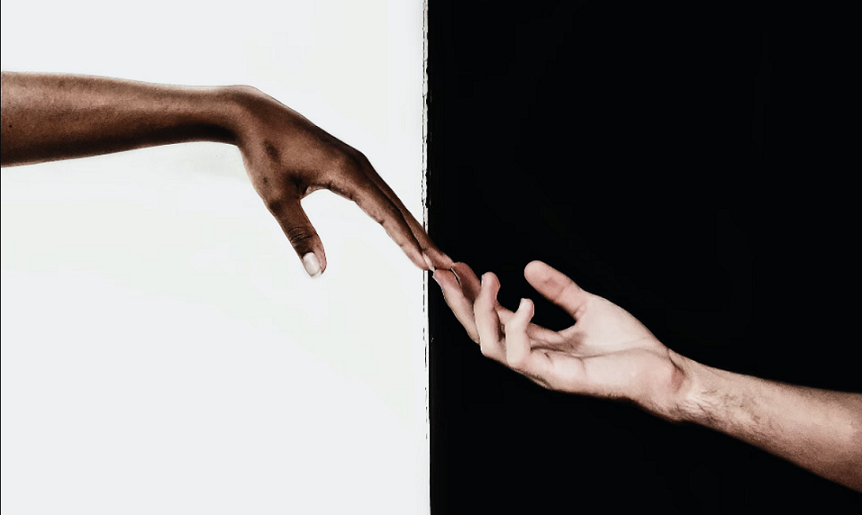
It’s challenging to proofread an essay since the risk of missing out on critical errors is high. So, it would help if you found a proofreading buddy — your friend, mom, or classmate — who could check your draft instead of you.
You can agree with a classmate that you’ll proofread each other’s essays, but the best option will be to find someone unrelated to your writing task. Sure thing, consider those you can trust or those you know have some knowledge of English grammar.
Proofread Several Times
Remember the tip on checking each paragraph twice? It works because you’ll unlikely notice EVERY spelling, grammar, and punctuation error at once. That’s why do your best to proofread your essay draft several times: Get ready to perform two or even three rounds.
The tip: Use different proofreading methods for every round. First, you can proofread an essay by paragraph; then, consider reading it backward; and finally, you can print it out and read your essay aloud.
Ask a Professional Editor to Help You
Not sure if you need a comma or a dash, whether to write “affect” or “effect,” or what’s the difference between n- and m-dashes? Editing tools will hardly help here, but a professional editor can.
If you have an opportunity, you can ask an editing service to proofread your draft and provide feedback on your work. There’s nothing wrong with that: Most writers and journalists have editors who help them polish works and turn them into masterpieces we later read. The help of a professional editor is your chance to grow your writing skills: You’ll see your typical mistakes and will avoid them in your future works.
Proofreading Checklist
And now that you have a long list of tips and methods on how to proofread an essay, it’s time for a checklist to have nearby:
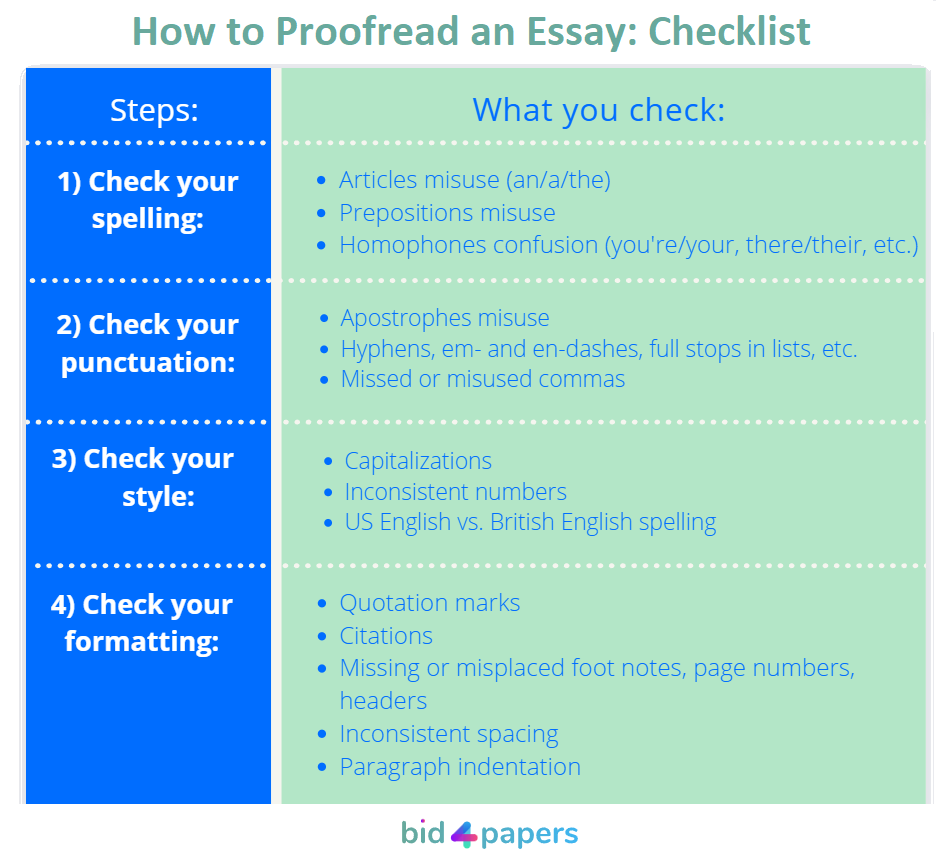
Here’s what to watch out for in your draft when proofreading:
1) Check your spelling:
- Articles misuse (an/a/the)
- Prepositions misuse
- Homophones confusion (you’re/your, there/their, etc.)
2) Check your punctuation:
- Apostrophes misuse
- Hyphens, em- and en-dashes, full stops in lists, etc.
- Missed or misused commas
3) Check your style:
- Capitalizations
- Inconsistent numbers
- US English vs. British English spelling
4) Check your formatting:
- Quotation marks
- Citations
- Missing or misplaced footnotes, page numbers, headers
- Inconsistent spacing
- Paragraph indentation
Ready to Proofread Your Essay Like a Pro?
Now you know how to proofread an essay. Please remember that it’s an integral part of the writing process regardless of what you craft: an academic paper, a post for your blog, a short story, or a novel. Even if you have an editor to help with proofreading, do your best to check your draft for typos and other minor errors: Therefore, you’ll improve your writing skills and ease the job of your writing assistant.
And now, over to you:
How do you proofread your essays? What methods from those we described here did you try or would like to try? See you in the comments!